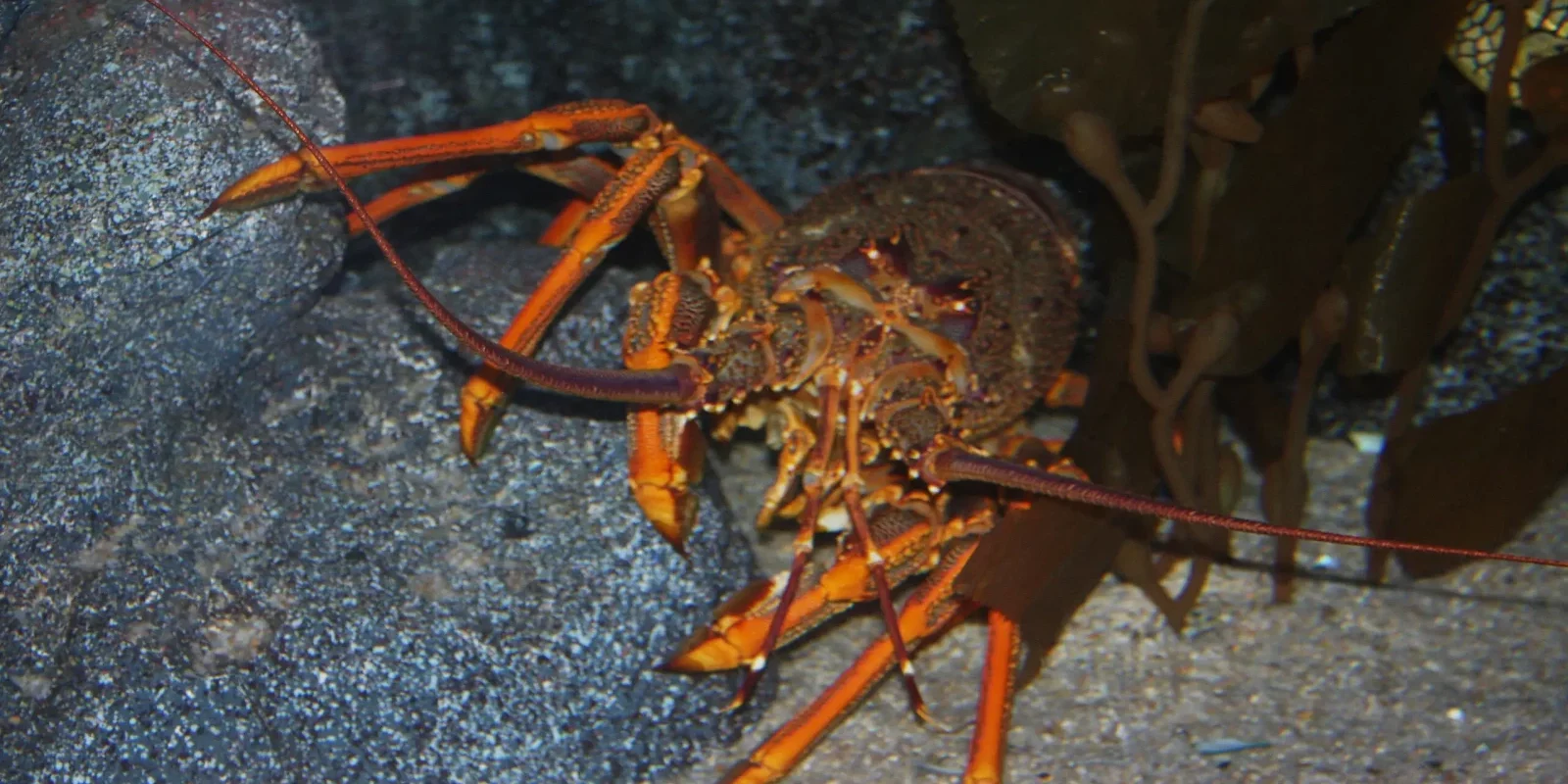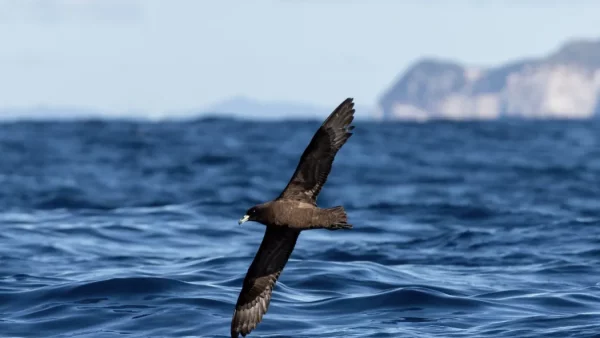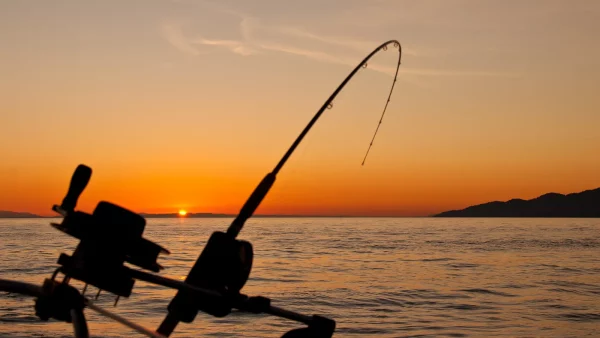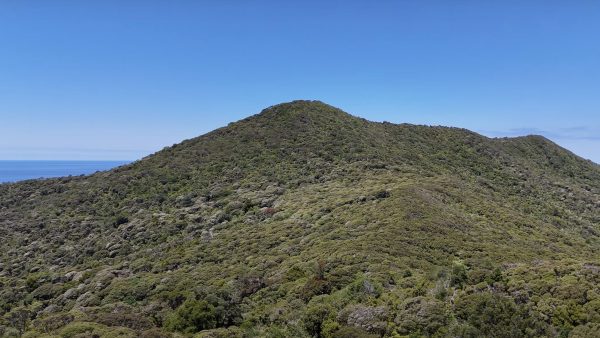A three-year ban on commercial and recreational crayfish (spiny rock lobster) fishing in the inner Hauraki Gulf will come into effect on April 1st, 2025, the Minister for Oceans and Fisheries has confirmed.
The move is aimed at rebuilding the depleted crayfish population in the area, a decision welcomed by some but raising concerns for the waters surrounding Aotea Great Barrier Island.
No spiny rock lobster fishing will be permitted in waters stretching from the Cape Rodney–Okakari Point Marine Reserve to Point Jackson Bay on the Coromandel Peninsula.
“Locals have raised serious concerns about the decline of spiny rock lobster in the inner Hauraki Gulf, and this has been backed up by fishery-independent research,” said Minister Shane Jones in a statement. “I share these concerns and to help the lobster population recover I’ve decided to stop spiny rock lobster fishing in the inner Gulf.”
The closure is part of Fisheries New Zealand’s regular sustainability review. Minister Jones said restoring the fishery would also help tackle the spread of kina barrens, which have proliferated in areas where crayfish have vanished.
“Rock lobster eat kina, which helps keep kina numbers down so they don’t destroy important marine habitat and cause bare areas known as kina barrens.”
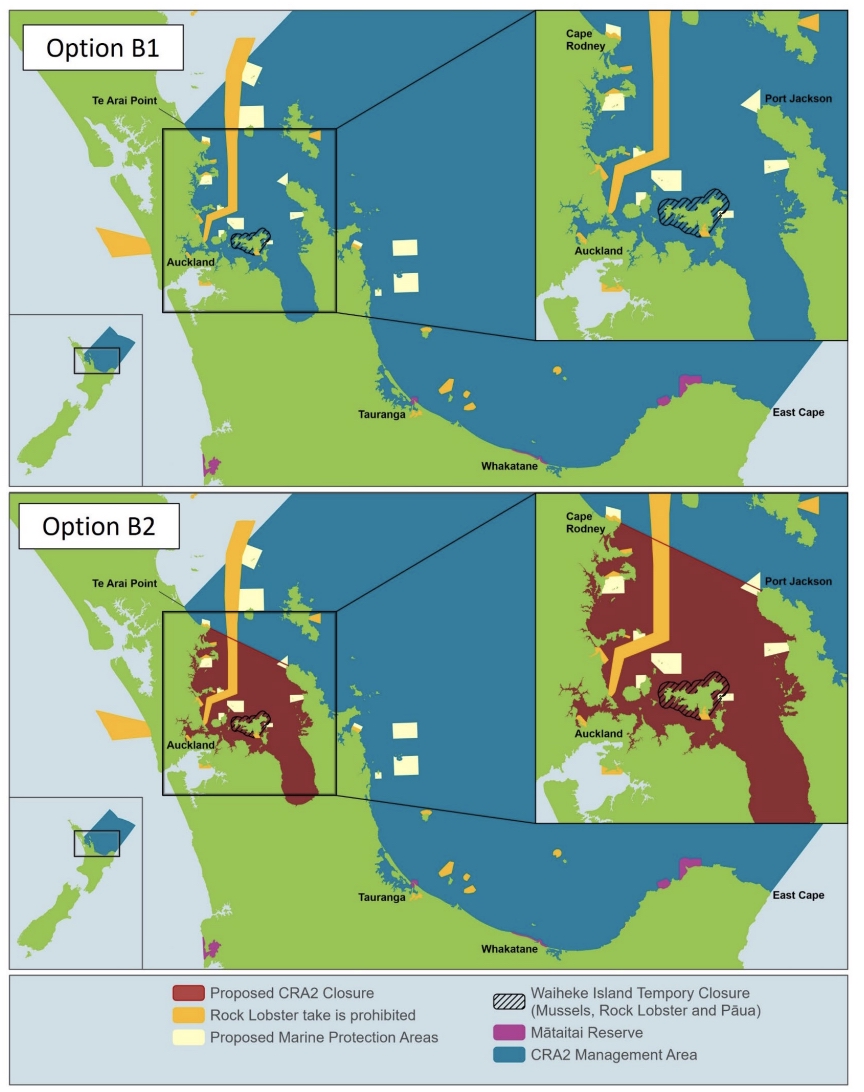
While the move is being welcomed by conservationists, it’s also causing unease in Aotea communities already facing their own marine pressures—including the spread of invasive caulerpa.
In AoteaGBI.news’ original reporting on the proposals earlier this year, several locals warned that such a ban could inadvertently push both recreational and commercial crayfish fishing activity into the waters surrounding Great Barrier Island—the first major area outside the exclusion zone.
“That will decimate Crays around the island if we become the first accessible area outside where they’re proposing the ban,” one concerned resident said at the time.
Great Barrier Local Board chair Izzy Fordham has echoed those concerns.
“Whilst it’s good news for the inner Gulf, it’s disastrous for Aotea. We are disappointed that Minister Jones did not see fit to include Aotea in his closure of rock lobster fishing in the Hauraki Gulf,” Fordham said.
“We are left vulnerable and exposed as our already depleted crayfish stock face overfishing by both commercial and recreational fishers who will now be forced to come our way.”
Fisheries New Zealand has decided against raising catch limits elsewhere in the CRA 2 region (which includes Aotea), despite earlier proposals to increase the commercial Total Allowable Commercial Catch (TACC) from 80 to 100 tonnes. “Under the current settings the stock is expected to increase, and this will further support the recovery of rock lobster throughout the fishery,” Jones said.
The decision comes after months of feedback from stakeholders, including tangata whenua, recreational and commercial fishers, and environmental groups. The proposed ban received support from many quarters, including groups like LegaSea, which has long campaigned for tighter protections in the region.
Last year, an independent panel of scientists questioned the robustness of the crayfish stock assessments used by Fisheries New Zealand, warning they may be biased toward maintaining high quotas for commercial operators.
Mike Plant of the New Zealand Sport Fishing Council previously told AoteaGBI.news, “It’s quota owners that benefit from crayfish being sold for more than $100 per kilo, yet it’s the public and the environment that unfortunately pay the price over the long term.”
- More to come…


